NASAM Update as of the 17th Jan 2023
[joli-toc]
From The Chair
Seasons Greetings
Once again this year, the museum opened its gates to visitors for two days between Christmas and the New Year. Just like last year, on one day, the weather was awful; on the other a nice balmy winter’s day. The numbers reflected the weather as well, with three times as many on the second day.
Obviously, our fame has spread as two of the visitors were from the United States and three from New Zealand.
We had several of the cockpits open to visitors, and they could also try their hand at flying a helicopter (crashing more frequently).
The ongoing winter projects meant that some cabinets were empty for refurbishment didn’t seem to dampen our visitors enthusiasm.
All in all a very enjoyable couple of days for visitors and volunteers alike.
Steve
General Updates
Well, here we are, the first Online Flier blog of the New Year. Things have been a little slow at the Museum, with people taking a well-earned festive break. However a few Volunteers have sent in articles so at least I have something to publish. My thanks to them for taking the time and effort to do so.
First up (above) is a note from Steve about the short two-day opening over the Christmas period. It is nice to see that we did have a few visitors, making the effort of the Volunteers worthwhile.
Below we have the input from the various individuals and teams around the Museum. First of those inputs are some photos sent in by Keith Sowter via both Pam and Bob C. These show some of the 1970s aircraft arrivals at the Museum. My thanks to Keith for sending those photos in. I have also added to the album photos of the aircraft in situ at the Museum.
Malcolm in the Model Maintenance Unit has given us an insight into some of the models that will grace the Central Flying School displays when completed. Graham in Archives figures next with, would you believe, a 1964 discussion of the RAF motto. This, mainly taken for granted nowadays, was obviously not so back in the ’60s.
The Chippies are up next with the anatomy of a Winter Project. Yes, Michael gives us an insight into what happens when they get requested to provide things made of wood in and around the Museum. He explains just how much wood is used and, importantly, just how much tea is consumed.
Museum Open Again In February
Just a reminder that the Museum is now closed until the 15th of February, 2023. When the Museum reopens, it will be on Wednesdays, Saturdays, Sundays and Bank Holiday Mondays from 1000 until 1600.
Pete S

Historic Photos of Museum Aircraft
Below are a few photos that have been sent to the Museum. The photos were taken by Keith Sowter as the aircraft arrived at the Museum back in the late 70s. They show the state of the aircraft (and the Museum grounds) before the teams reassembled the aircraft and, over the years, restored them to the exhibits that we have today. Nice also to see that various Ground Force members over the years have improved the grass compounds on the site.
- NASAM WF643 01 thru 04 Gloster Meteor F8 May 1975 and NASAM WF643 05 Gloster Meteor F8 April 1977
- NASAM 54-2196 F-100D Super Sabre arriving March 1978
- NASAM XJ482 De Havilland DH 110 Sea Vixen FAW1 on arrival November 1979
Also, within the photo gallery, I have inserted some of the latest shots of the aircraft as they are currently displayed.
(Photos) 1970s Arrivals
Pete S
From The Teams
MMU Update
Firstly I would like to take this opportunity to wish everyone a happy new year.
Work at the Bury MMU has slowed a bit over the past fortnight; I can’t think why! However, restorations are moving forward on the models, which may form part of the new RAF Training display for 2023. The initial 12 (see CFS Models 03) are being boxed to be returned to service. Most of these have come from the original display recently dismantled, although some have been found in the depths of the Model Store. The Jet Provost, Gnat and two of the Harvards have undergone full repaint and new decals. The others mainly needed a thorough clean and, in some cases, a coat of varnish. The Provost (see CFS Models 04) is interesting as it is a mini version of the full-size example in the main hangar.
There are many more on the production line, including a Hawk, Scottish Aviation Bulldog (presently being repainted but causing me endless grief), Vampire T11 (coincidentally XK624), Meteor T7 and a first production batch Hurricane.
I am looking forward to another busy modelling year for the museum during 2023
Malcolm
(Photos) MMU Update
![]()
From The Archives
The Motto of the Royal Air Force
I’m always thankful that I was never taught Latin at school, it always seems to be a bit tricky to grasp with the result never appearing to be worth the effort. Case in point, as unearthed in the 1964 Battle of Britain Week souvenir magazine from the South London Branch of the RAFA from somewhere in the Archives where nothing less than the Latin motto of the RAF is up for debate:
 In the archives of the Air Ministry is an old official file whose pages tell the story of the adoption of the motto under which the Royal Air Force flies.
In the archives of the Air Ministry is an old official file whose pages tell the story of the adoption of the motto under which the Royal Air Force flies.
A War Office paper was circulated asking for suggestions for a motto for the Royal Flying Corps, which was created in 1912. Major (now Sir) Frederick H. Sykes, who was raising and commanding the Military Wing of the R.F.C., asked his officers to put forward ideas.
Not long after this, two junior officers were walking from the Officers’ Mess at Farnborough. As they walked, they discussed the problem of the motto and one of them, Lieutenant J. S. Yule, mentioned the phrase Sic itur ad Astra, from Virgil. He then expanded on this with the phrase Per Ardua ad Astra, which he translated as, “Through Struggles to the Stars.”
Major Sykes considered it the best motto and referred it to the War Office. The suggestion was approved by Brigadier-General David Henderson (chairman of the R.F.C. Committee) and supported by the president, Captain W. Sefton Brancker. But that did not end the matter. There was controversy over the appropriateness of the words Per Adua. Some said they meant “By labour” or “Through difficulties”. Others held that they stood for “Through the high places (of heaven)”. It was even said that the words had no proper meaning when used in the way suggested for the motto. The protagonists argued their views in strictly official language and supported them by quotations from Virgil and opinions from eminent Latin scholars. Some, while politely refraining from calling into question their opponent’s knowledge of Latin, offered their own scholastic credentials for inspection.
A rival camp, headed by Lieutenant-General Sir John Cowan, the Quartermaster-General, proposed Altiora Petamus “(Let us seek higher things)”
The Royal Flying Corps had then a Naval Wing and a Military Wing, and the Admiralty “saw no objection to Per Adua”. The controversy was settled by the Secretary of State for War, Colonel J. E. B. Seely (Lord Mottistone), who wrote, “While disagreeing, with great respect, with the interpretation of Arduo, I think Per Adua Ad Astra is preferable”. Royal assent, from George V, was obtained.
The Royal Air Force was created during the war in 1918, and assumed the motto under which the Royal Flying Corps had trained and fought, a motto described as the most appropriate device under which any corps has ever prepared for action and gone into battle: Per Ardua Ad Astra (By labour to the stars).
Yule is believed to have borrowed the phrase from Sir Henry Rider Haggard’s fantasy novel The People of the Mist (1894). It is possible that Rider Haggard had taken it from the Irish family of Mulvany, who had used it as their family motto for centuries, translating it as “Through Struggles to the Stars”.
There seems to be no single definitive translation, as both “ardua” and “astra” can carry a range of associations. Even the College of Arms has stated that “no authoritative translation is possible” but the Royal Air Force and other Commonwealth air forces most often translate it as “Through Adversity to the Stars”.
The above it taken as an extract from the book ‘The Royal Air Force in the World War’ by Captain Norman Macmillan, M.C, A.F.C., but has been helped a great deal with detail from Wikipedia. Six versions of the translation are listed here – there are likely to be others…
Graham
From The Chippies
Winter Project
Here’s the latest on the second batch of shelving we completed for the Boulton and Paul Hangar. Most of the work was done by mid-December, but then there was a hiatus. More on that later.
This project was for Peter W. If you remember, the cabinets in the B&P Hangar were cleared of exhibits ready for the reshuffle, and the first half now contains more radio equipment. The other half at the far end near the Restoration or Engineering Workshop will be for the Civil Aviation exhibits displaced from the Main Hangar. Peter decided to reuse the shelving from the old cabinets but wanted six more units. His plan was to have two groups of five along the front of the B&P cabinets.
When he showed Michael F the existing four units, three of the units had four legs while the fourth had two at one end! No, it wasn’t a miraculous shelf, the other end was screwed into one of the other units. Peter said he wanted six more and two extra legs, so he had ten in total, but they all had to be different sizes to fit the slightly irregular spacing in the B&P cabinet frames. Oh, and one of the existing units was, for reasons unknown and probably lost in the dim and distant past, shorter than the others, and it isn’t the one with two legs! Simple job really, especially as he didn’t have a budget.
Step one – make two legs from our leftover or recycled wood, attach and take them over to the B&P. Nice and easy, less than an afternoon’s work.
Step two – decide what we actually would build. Making six almost identical units was fine but tedious, particularly as they would all be screwed together again once they were in the cabinet. Access to the cabinets is easy, even with these new shelves installed, you can walk through, and we could get in from the middle or the end. How about making two double units and two singles?
The original plan had the existing four singles plus one new single, then five new singles. But was about three existing singles and a new double, then one existing single and two doubles? We could get them to line up as we wanted as the frames of the cabinet are quite wide. We’d only have to make three units – a lot less work.
So Ash and Michael set about sourcing enough wood and perspex from our leftovers and recycling. Timber we had by the ton, though of a bigger cross-section than specified. But we were short of perspex for the shelves. Gary authorised an order though the lead times are long (note to anyone wanting perspex shelving or fronts – get your requirements in early!) The next day Peter said the bottom shelves don’t need to be clear, and he had sufficient from the old shelves for the tops, so we saved £300 by not ordering perspex (note to everyone – only use perspex if you really need it). So we had to source plywood, but again we had sufficient in stock.
Step three was to prepare the wood. Having decided on the dimensions, we were able to take the lengths of timber and slice them down on the table saw to the cross-section specified. Then we used the mitre-saw, aka the chop-saw, to cut the timber into lengths for main bearers, cross pieces and legs.
Step four, building the three double units, was relatively straightforward. The first one was done in an afternoon. Given the cross-section of about an inch (25mm) we decided to use right-angled brackets to strengthen the top corners. Then we cut plywood to make the lower shelves and took it over to the B&P Hangar to check it fitted (you don’t think we check – we do normally, but that’s a story for another time). With Peter satisfied that he had what he needed, we left the unit in the Engineering Workshop where the painters would do their stuff. Having an assembly procedure, with Les joining in, we assembled the lottery two over the course of another work day and left them in Engineering for the painting elves to do their stuff (Christmas was coming).
The final step was to install the shelves in the B&P cabinet. Once Cliff told us we could take them away, one cold morning in January, Michael and Les took them from Engineering and screwed them together in the right order. From start to finish, this job took two months. But in reality, we probably spent no more than five days on it, and two of the were in the planning. Thinking about it, it might have been six days, the extra day for drinking tea.
See Civil Aviation Cabinets 01 thru .
So there you have it, the anatomy of a Winter Project. Net cost, about £10 for some brackets. What is more, between this Project and the B&P radio shelving Project, we have considerably reduced the stock of recycled and leftover wood and created a bit more space in the workshop.
But what was Dave H up to? Apart from dispensing advice and tea, that’s the story of the fourth project for next time.
Michael
(Photos) From the Chippies
The Repeat Info
The repeat information is still here I’m afraid, and I make no apologies for keeping his section in our blog. We are a charitable organisation relying on monies from the public to keep us going. Any help we receive is gratefully accepted and enables the museum to continue in our mission “To conserve, preserve and promote the history of aviation in East Anglia, whilst providing a fun, family-friendly and interactive museum, promoting education and remembrance of the events of the past“.
Are you thinking of helping ??
 We obtain most of our finances by donations and by membership fees. We save money by having a dedicated group of volunteers that keep the museum and the exhibits both manned and maintained. We hope therefore a few people may consider helping in the ways below.
We obtain most of our finances by donations and by membership fees. We save money by having a dedicated group of volunteers that keep the museum and the exhibits both manned and maintained. We hope therefore a few people may consider helping in the ways below.
There are three easy ways to help: Help by becoming a Museum Member, also by Volunteering to help at the museum, or by Donating to assist in our running costs. Please click on the appropriate button below to access the appropriate information:
Keep Up To Date
![]() To keep up to date with further information, please keep an eye on our Social Media (see the Social Media buttons at the foot of this blog) or click on the button below to be notified by email of any upcoming changes by seeing the latest blog.
To keep up to date with further information, please keep an eye on our Social Media (see the Social Media buttons at the foot of this blog) or click on the button below to be notified by email of any upcoming changes by seeing the latest blog.



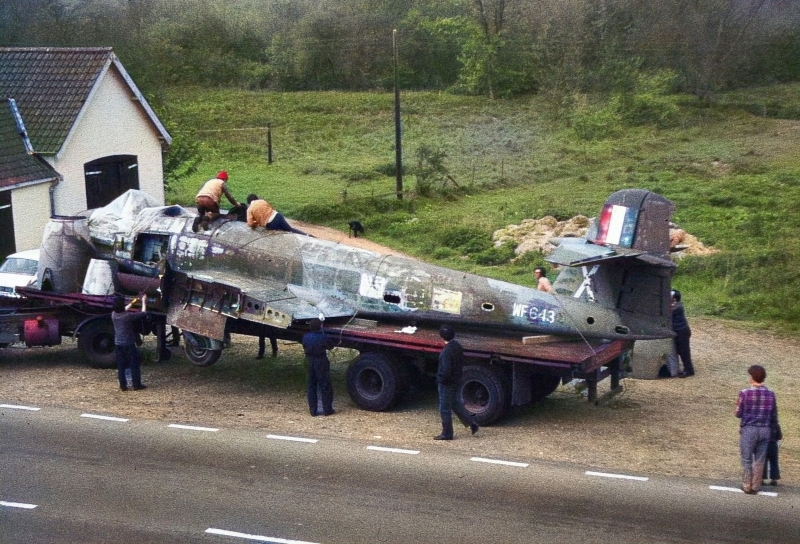
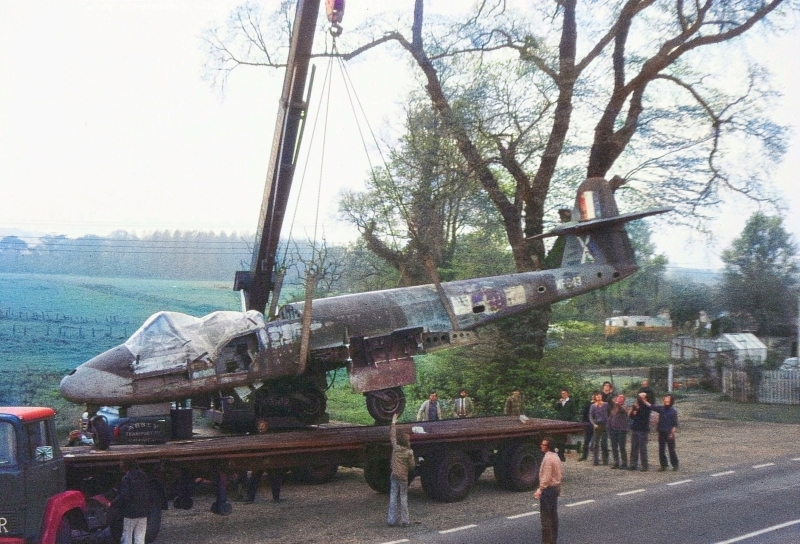
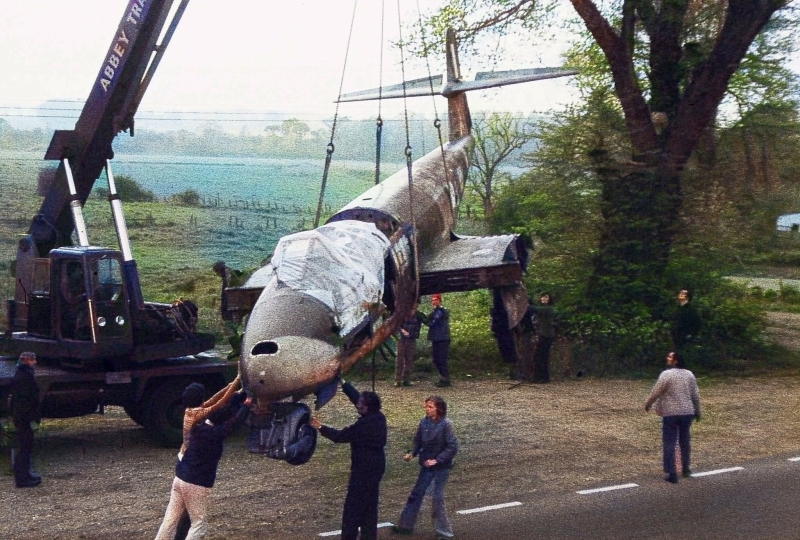
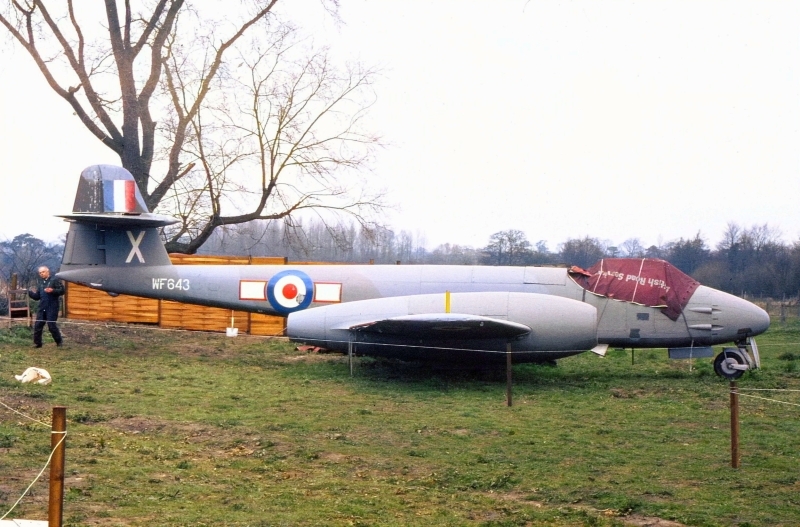
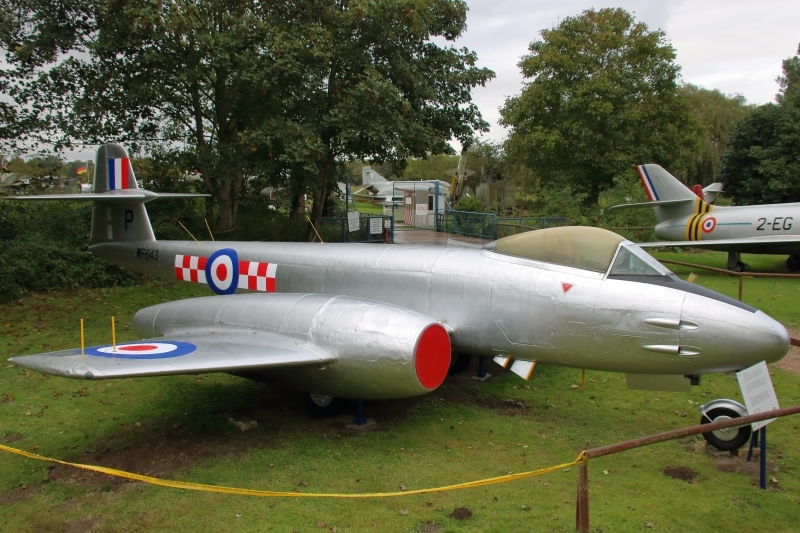


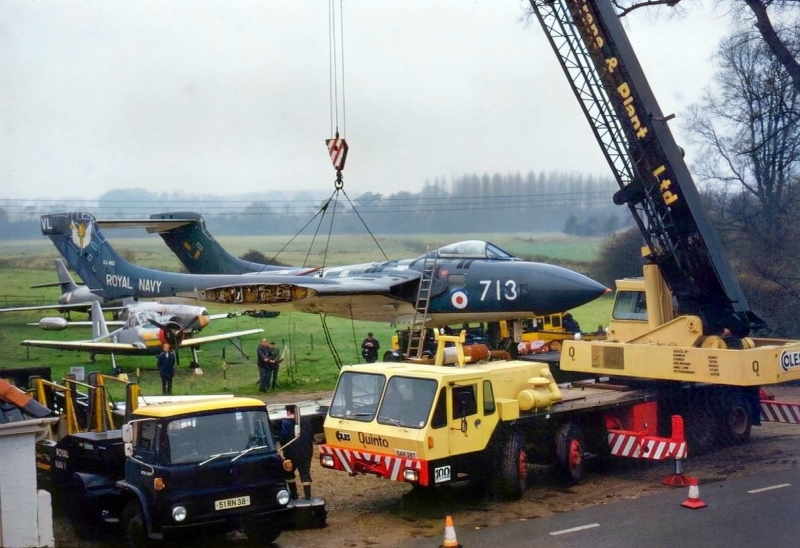

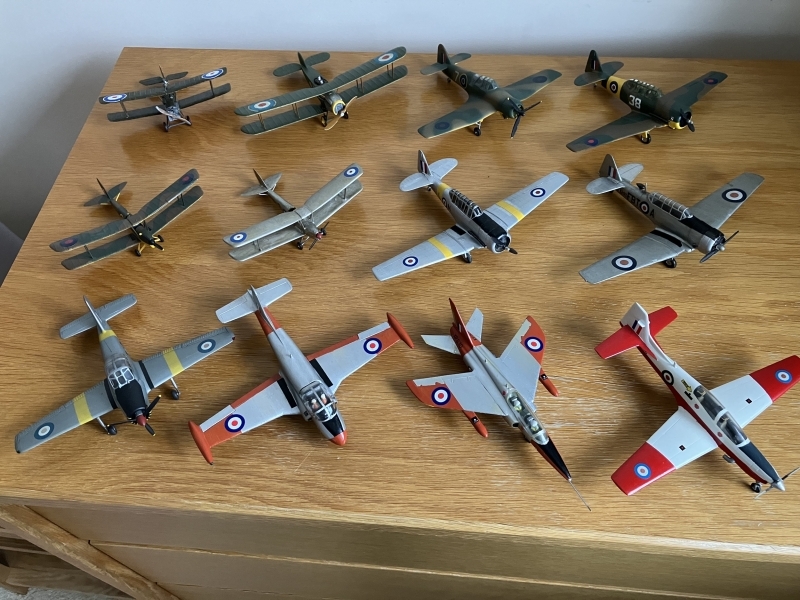

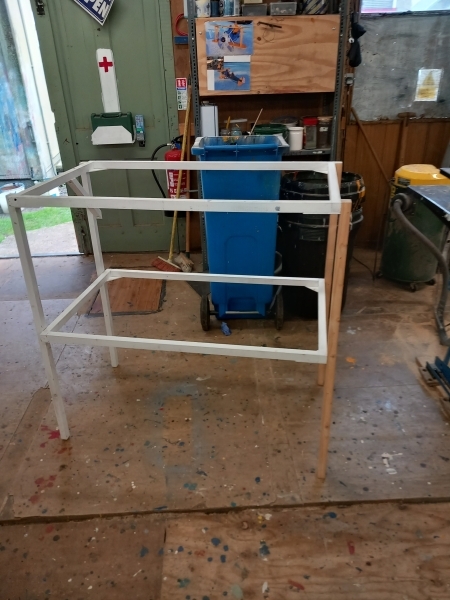

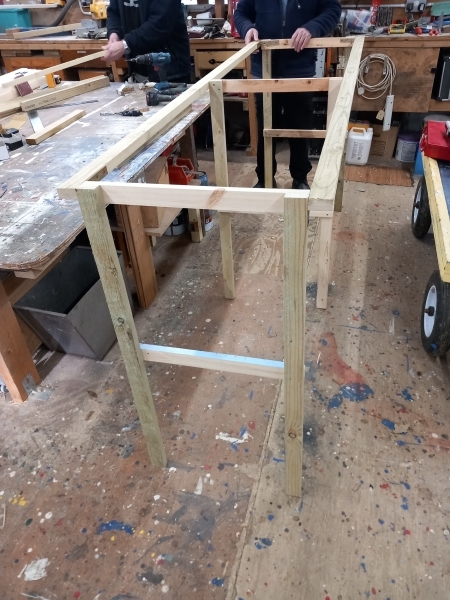
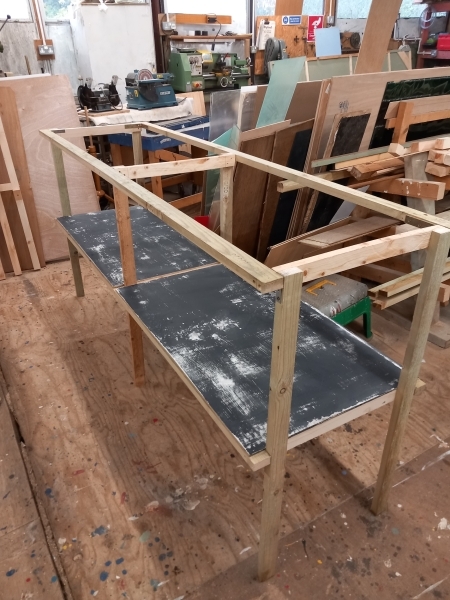

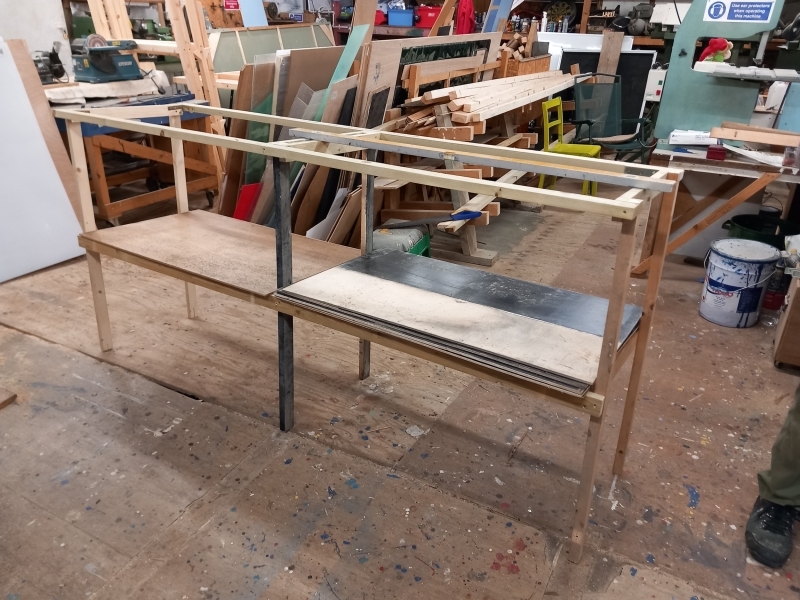
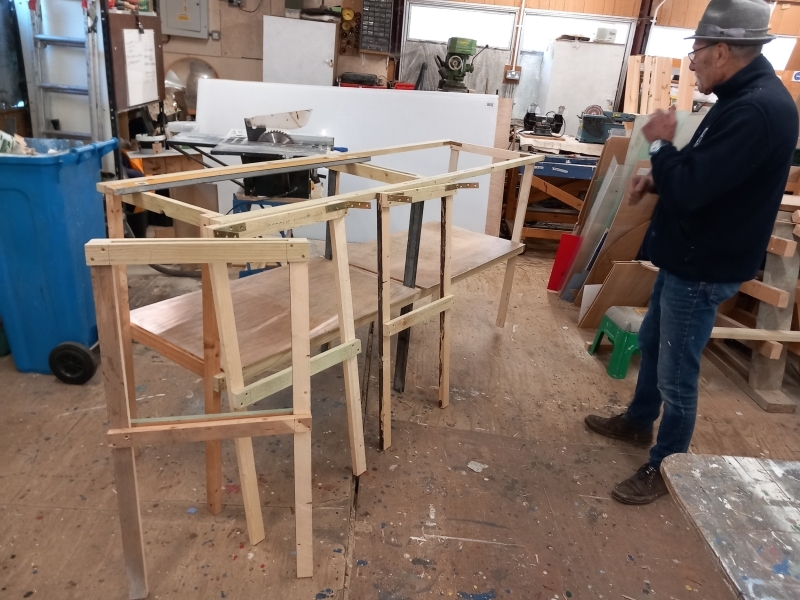
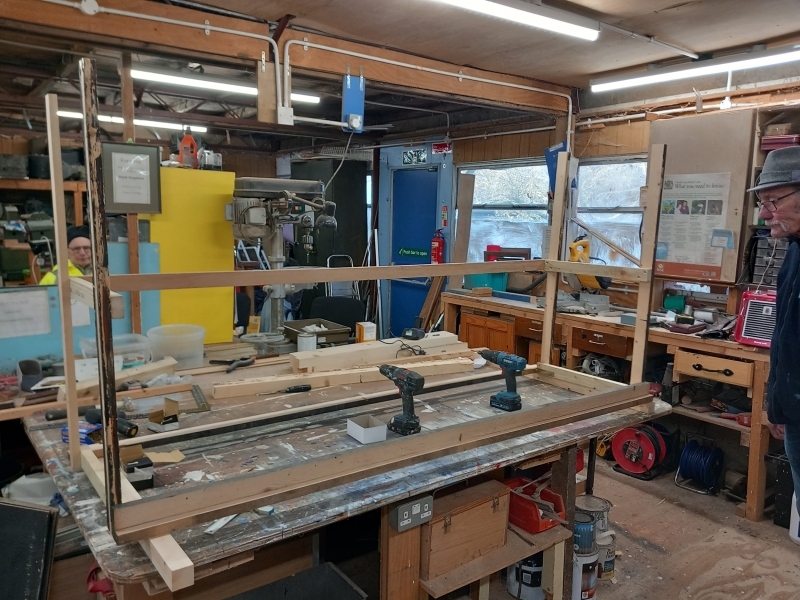

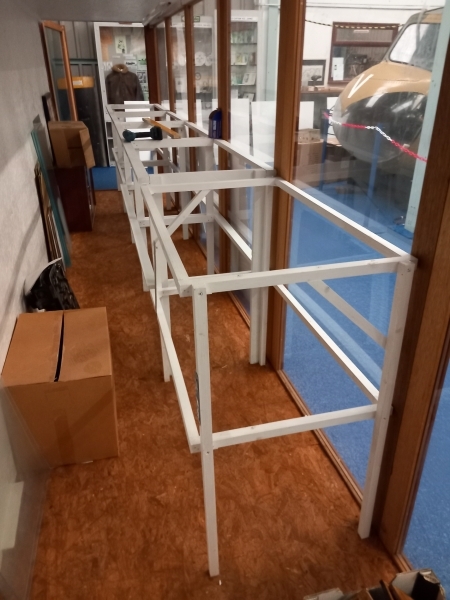

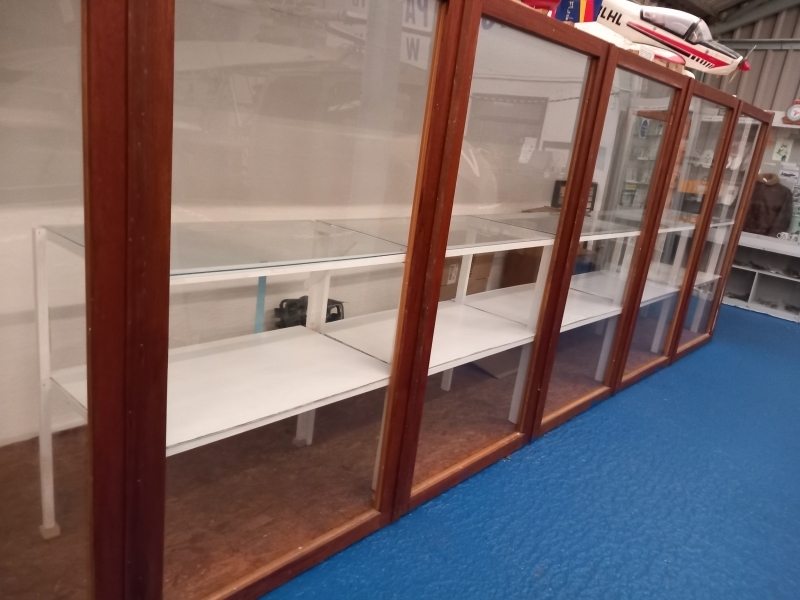





Looks like everyone is busy during ‘shut down’.
Interesting blogs and nice to see the early days photos keep up the good work